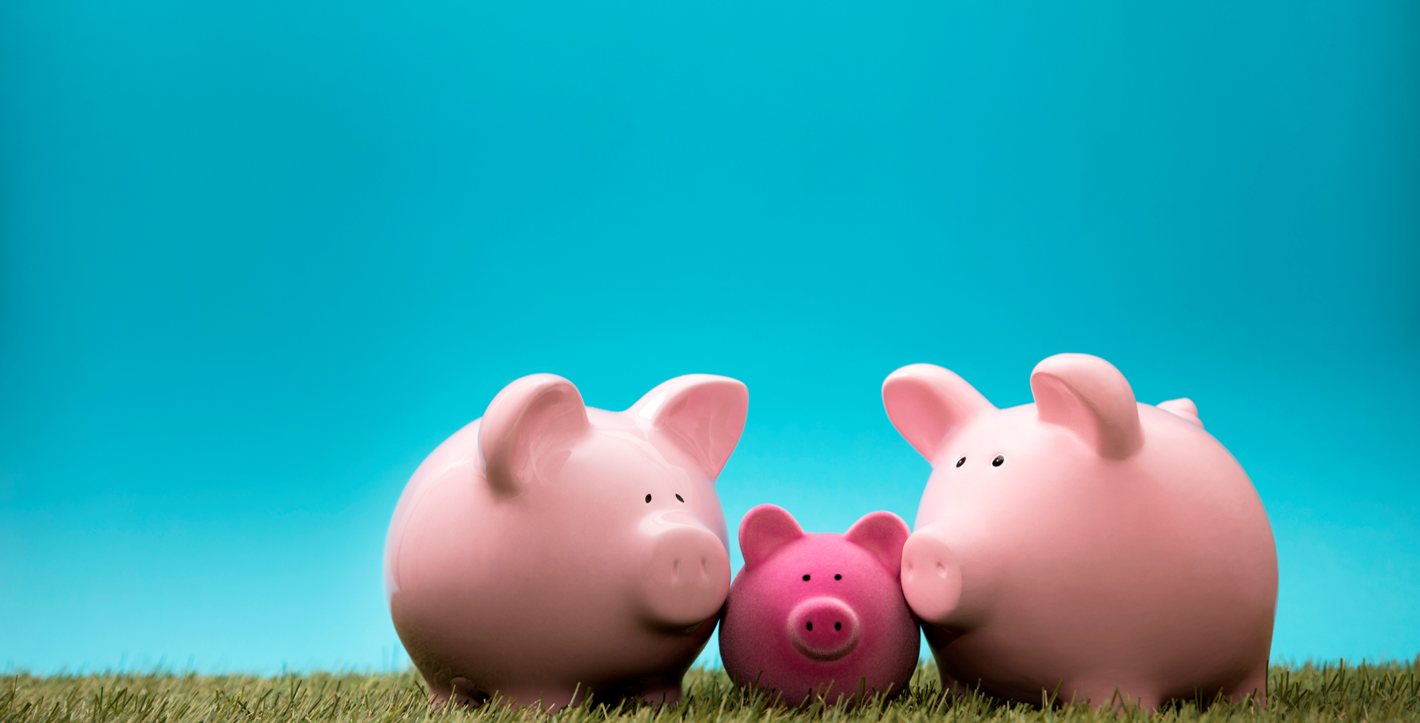Spending for the Love of Pets
Share this article
Pets are a part of the family, and it shows in our spending.
US pet-related spend rose nearly 78% from $57.8 billion in 2013 to $102.8 billion by the end of 2021, according to the Bureau Labor of Statistics (BLS). To put it into perspective, consumers spent more than $5,700 in 2021 on their furry, scaley, or feathery companion. This outpaces spending in other categories such as alcoholic beverages ($73.8 billion) and women’s clothing ($87.9 billion) in 2021.
When BLS analyzed CPI and consumer expenditure, they found that consumers continued to spend on pets despite price changes. In other words, they’re not deterred by inflation. This may have been driven by the want of companionship, especially during the pandemic.
Annual percentage changes in Consumer Expenditures (CE) and the Consumer Price Index (CPI), 2014-2021
Source: U.S. Bureau of Labor Statistics
Pet ownership rose sharply during 2020 and 2021. And even though pet owners may not be deterred by inflation, BLS found that they are still price-conscious.
Over the four subcategories BLS tracked for pet-related spending – pet food; pet services (including grooming, training); veterinary services; and pet purchase, supplies, and medicine (that includes buying the pet itself) – it is notable that the uptick in spending happened in 2020.
Pet food spending went up rapidly from a weekly average of $27.89 in 2019 to $39.29 in 2020. BLS believes it could be due to an increase of pet adoption or purchases during the start of the pandemic. But pet food spending dropped in 2021, even though other pet categories continued to rise. This may potentially indicate consumers have been buying food in bulk or have chosen cheaper labels.
As for other pet-related costs, Goldman Sachs Research analysts found prices across 23 pet products have decreased by 3.5% since September 2023 from their most recent pricing survey released on March 28. Of note was an initiative by one of the major pet retailers, in which the company adjusted pricing around products that tend to drive traffic, such as pet food and treats, while leaving higher-end products pricing intact.
Pet expenditures, 2013-2021
Note: Pet expenditures are the average pet expenditures spent by pet owners, not the average pet expenditures spent by all CUs or households.
Source: U.S. Bureau of Labor Statistics
Goldman Sachs Research analysts also noted that consumers were less willing to spend on vet visits. This is likely due to the softer macro environment. They found private vet companies were facing lower demand for pet dental and wellness visits. Interestingly, vets have been trying to keep price growth in line with pet owners’ wage growth.
Tips to save on pet expenditures
- Take your pet to the vet for an annual wellness check-ups: Ensuring your pet receives preventive care may help you save on expensive health-related bills in the future.
- Buy in bulk or in larger bags: Buying in bulk through your local club supermarkets or online retailer may help you save. Check the unit pricing on larger bags of dried food or kibble to make sure bigger bags are cheaper.
- Join a loyalty program and get auto-delivery: Certain retail chains or e-commerce stores offer loyalty programs that may give you points per purchase that could be used towards buying other pet products. Some programs offer member-only pricing and bonus coupons or gifts on pet birthdays or adoption days. If you sign up for auto-deliveries, some retailers offer discounts to your order. Shop around and see which program gives you the best rewards for the products you regularly use.
- Take advantage of price matches: If you find that your usual pet food brands are cheaper at another store compared to the one you regularly shop at, ask about price matching policies or consider another retailer who can do price matches and have a loyalty program. That way you can ensure you’re getting the best value for your continued patronage.
- Use your pet insurance benefits: If you have pet insurance and need to buy prescription food or supplements, it may be worthwhile to give your insurer a call to see if there are any special coverage or add-ons to the plan you could purchase. Certain pet insurers may cover prescription food as part of their wellness plans or if the prescribed food can be used to treat a covered condition.
This article is for informational purposes only and is not a substitute for individualized professional advice. Articles on this website were commissioned and approved by Marcus by Goldman Sachs®, but may not reflect the institutional opinions of The Goldman Sachs Group, Inc., Goldman Sachs Bank USA, Goldman Sachs & Co. LLC or any of their affiliates, subsidiaries or divisions.
Related Content
Connect with us on social media
Join our Marcus social media community, where we share content and inspiration to help improve your financial health. See you there!

 3 min read
3 min read

